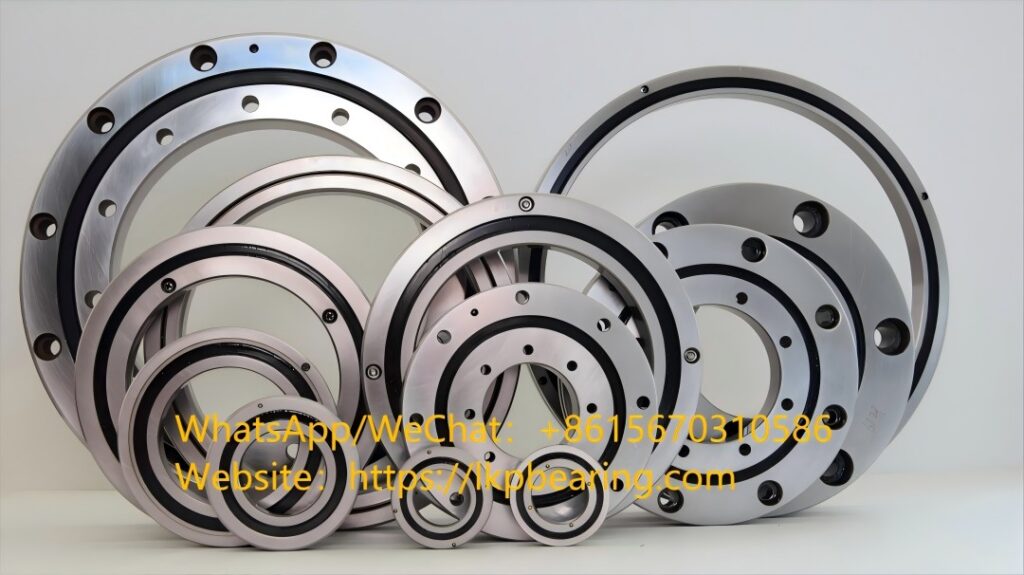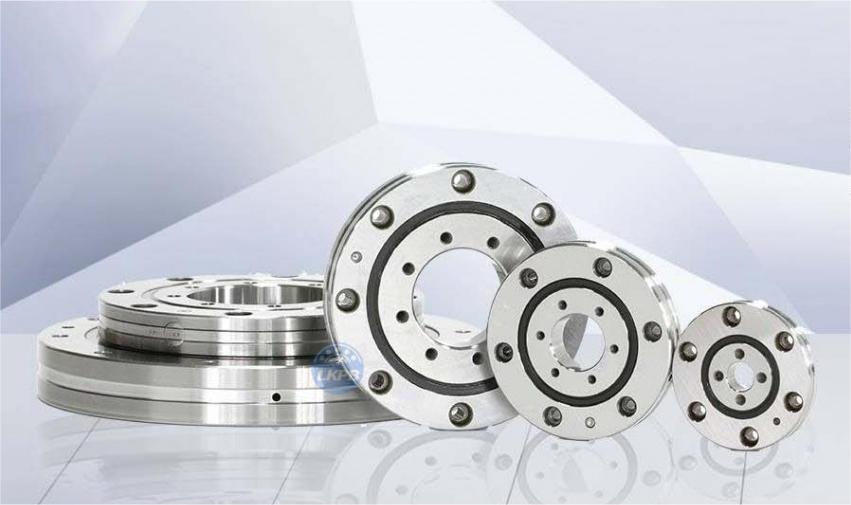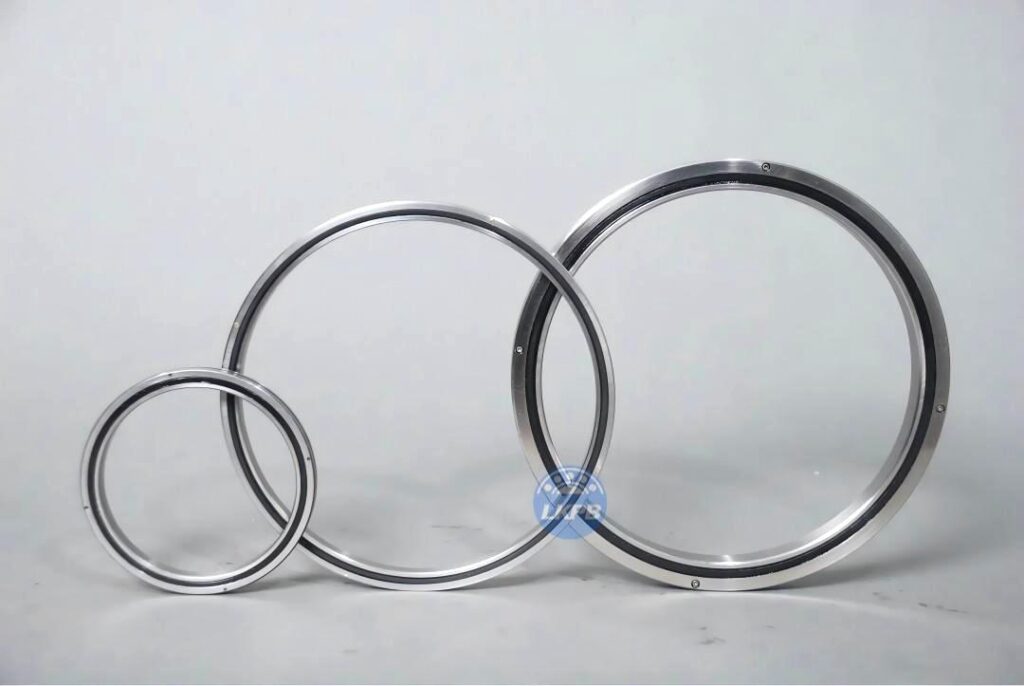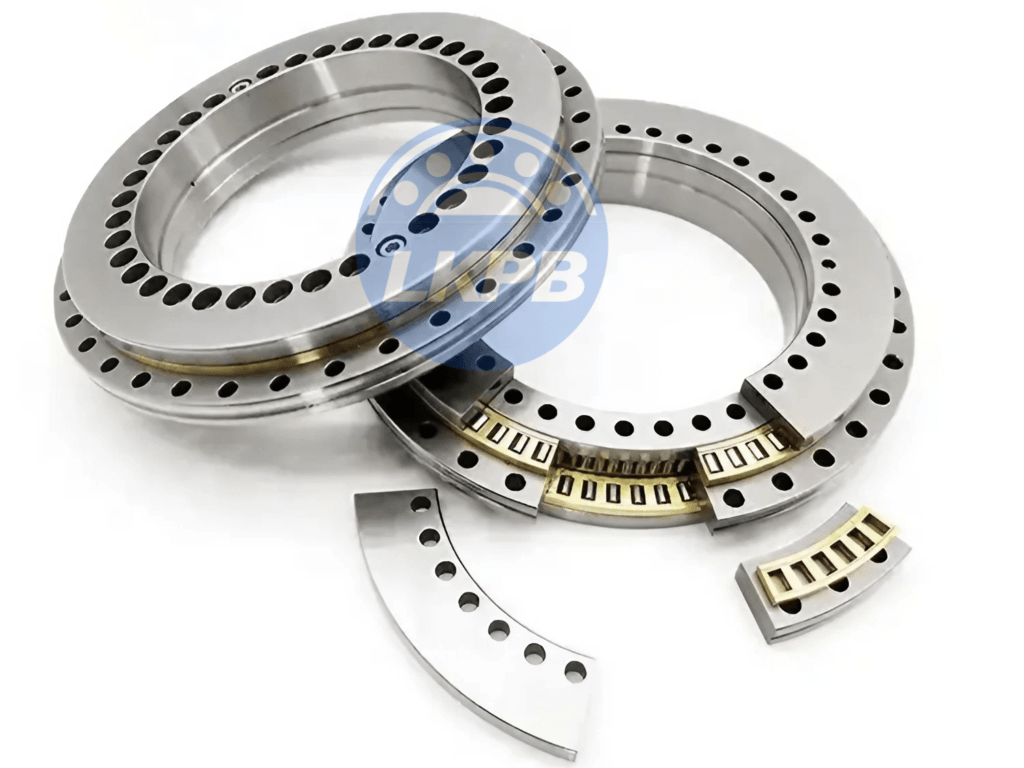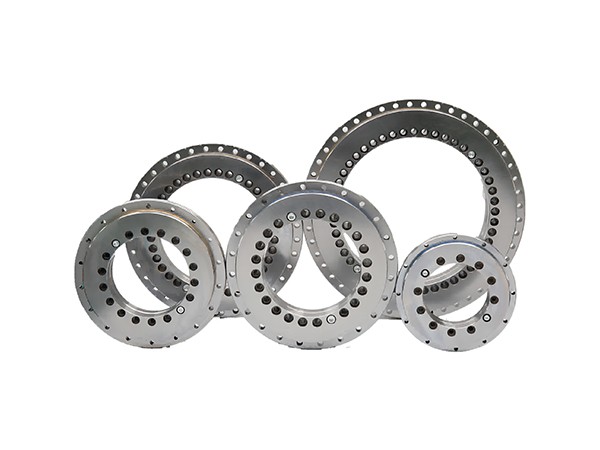Roller and Needle Bearings
Roller bearings and needle bearings are good for heavy and changing loads. These bearings use rollers, not balls. The rollers spread the weight out more, so they are stronger and steadier. Needle bearings have long, thin rollers. They fit in small places and can hold a lot of weight.
Crossed roller bearings are a special kind. The rollers are set at 90 degrees to each other. This lets them hold weight from many directions at the same time. Crossed roller bearings give robots strong support and good accuracy. They are used in robot joints that move in many ways.
Crossed roller bearings are 3-4 times stiffer than angular contact ball bearings.
They can hold weight in both directions, unlike some other bearings.
Double-row angular contact needle roller bearings are about 30% stiffer and have 20% less friction than crossed roller bearings.
Robots that need to lift, turn, or move fast often use roller and needle bearings. These bearings help the robot bearing system stay strong and work well, even when things get tough.
Precision Bearings
Precision bearings help robots move smoothly and accurately. These bearings are made with tight rules and good materials. Engineers use them where every move must be just right, like in medical robots or on assembly lines.
Crossed roller bearings made from AISI 52100 chrome steel last a long time and do not rust easily. Precision grades like P5, P4, and P2 show how exact these bearings are. Robots use these bearings in rotary tables, positioning stages, and arm joints. The design often has plastic spacers to lower friction and make movement smoother.
Tip: Using the right oil and putting in the bearings carefully helps them last longer and work better.
Precision bearings help control how robots move and keep them steady. They cut down on shaking and looseness, so the robot’s moves stay sharp and repeatable. This makes them very important in any advanced robot bearing system.
Selection
Load and Speed
Engineers must look at both load and speed when choosing a robot bearing. Each robot joint faces different forces. Some joints lift heavy objects, while others move quickly. The right bearing must handle these demands without failing.
Radial loads push sideways on the bearing.
Axial loads push along the shaft.
Combined loads use both forces at once.
Manufacturers test bearings for maximum load values. For example, a bearing might hold up to 300 newtons of radial force or 100 newtons of axial force. Speed also matters. Some rotary joints spin faster than 5,000 revolutions per minute. Linear joints may move at speeds over 100 millimeters per second. If a bearing cannot keep up, it may wear out or break.
Precision classes help engineers pick the right bearing. Classes like P4 or P5 show how much play or looseness the bearing allows. High-precision bearings keep robot arms steady and accurate.
Tip: Always match the bearing’s load and speed ratings to the robot’s real working conditions.
Space and Environment
Space inside a robot is often tight. Designers pick bearings that fit into small spots but still carry the needed load. Thin section bearings work well in these cases. They save space and keep the robot light.
The environment also affects bearing choice. Some robots work in hot places, while others face dust or chemicals. Bearings made from steel can handle temperatures up to 300°C. Ceramic bearings work even in heat up to 1000°C. Sealed bearings keep out dust and dirt. Special coatings protect against rust and wear.
A table below shows key factors for space and environment:
Factor | Example Solution | Benefit |
|---|
Tight space | Thin section bearing | Saves room, reduces weight |
High temperature | Ceramic bearing | Works in extreme heat |
Dusty environment | Sealed bearing | Keeps out dirt |
Corrosive chemicals | Corrosion-resistant coating | Prevents rust and damage |
Lubrication also matters. Some bearings use self-lubricating materials. These need less care and last longer in tough places.







